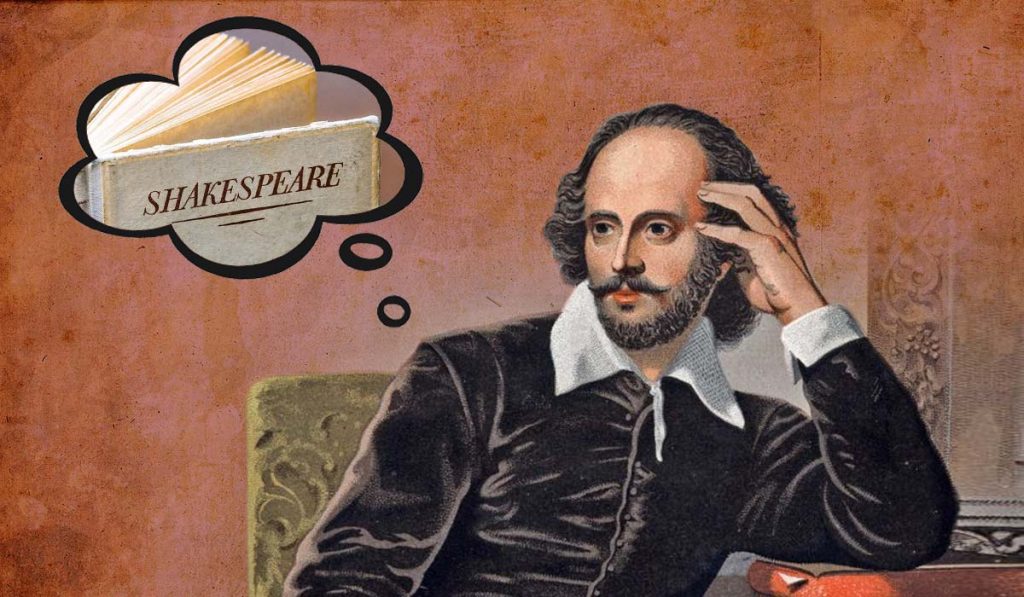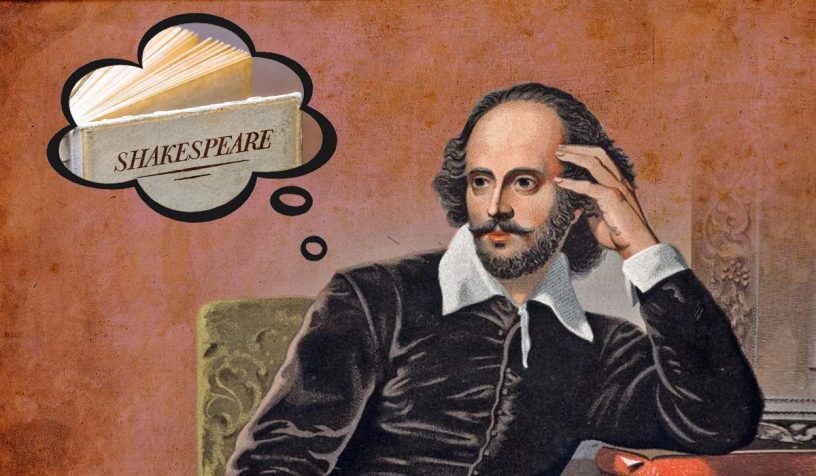
Dream reportage became a new skill permeating space and time on the Elizabethan stage and Shakespeare deployed dreams much more numerously than his contemporaries, says the author.
Author
Arup K. Chatterjee, Associate Professor, Jindal Global Law School, O.P. Jindal Global University, Sonipat, Haryana, India.
Summary
This paper argues that Shakespeare’s dreamscape—manifest dreams, dreamlike attributes, discourses and semantic associations—follows a probability of archetypal psychic moods, pervaded by oneiric intertextuality of Jungian shadows. In Tudor England, dream reportage was deeply contested due to religious feuds revolving around the English Reformation; dreaming was subsumed in martyrological, heretical and religious discourses.
The profuse dream reportage in Shakespeare—across Tudor England, Caesarian Rome, Ptolemaic Egypt and uninhabited Mediterranean Islands—supports an affective resonance across the canon. Dream reportage became a new skill permeating space and time on the Elizabethan stage, if not necessarily outside.
Based on dream data from Shakespeare, the study examines the probability distribution of redeemable, non-redeemable and ambivalent archetypal dream moods. Redeemable moods occupy nearly 40 per cent of the dreamscape’s probability.
Since Shakespeare deployed dreams much more numerously than his contemporaries, his dreamscape operates as a prerational organ, dynamically morphing the body of the canon (and minds of actors), in the context of improvised theatrical productions in Elizabethan times, and theatrical affect in general.
Published in: International Journal of Dream Research
To read the full article, please click here.


